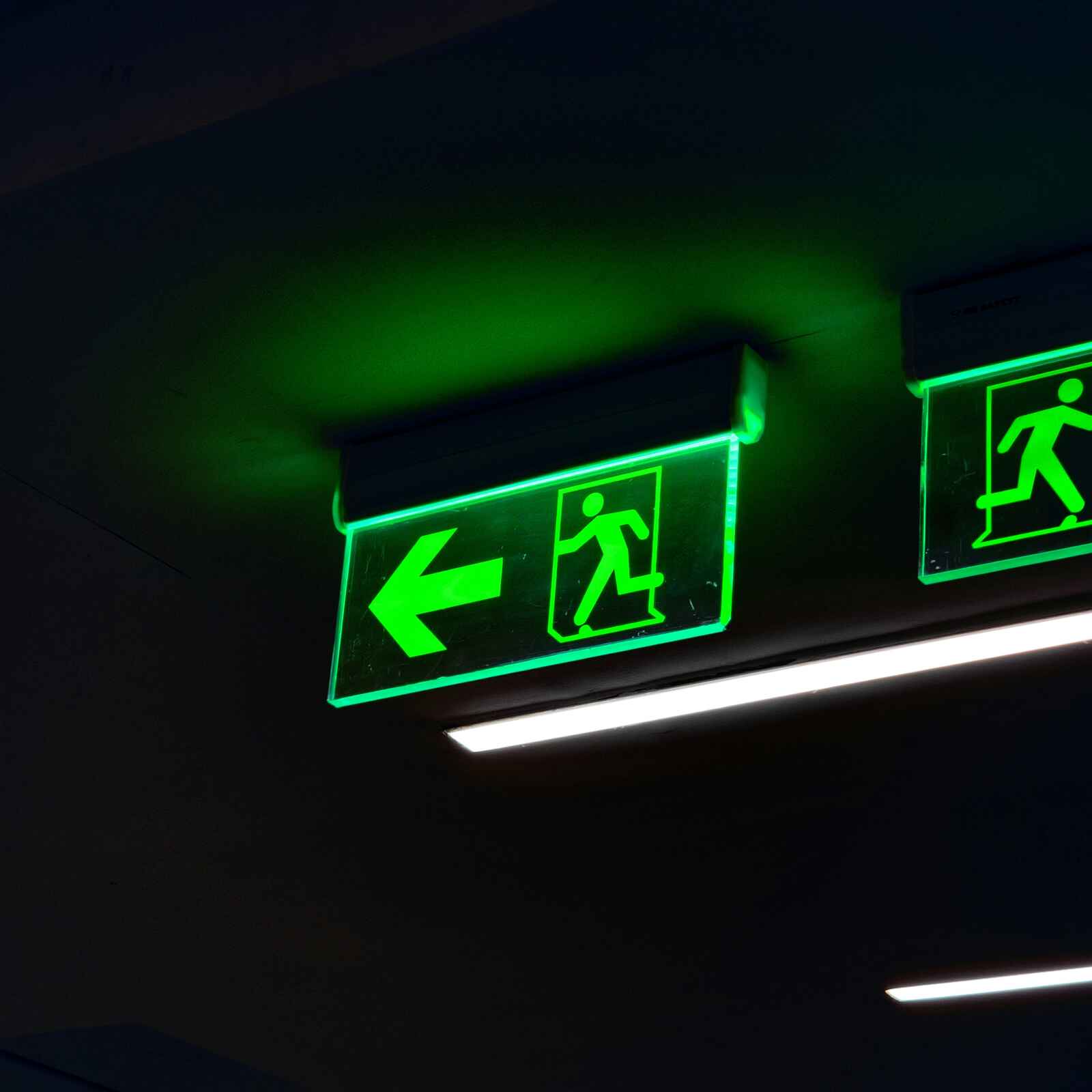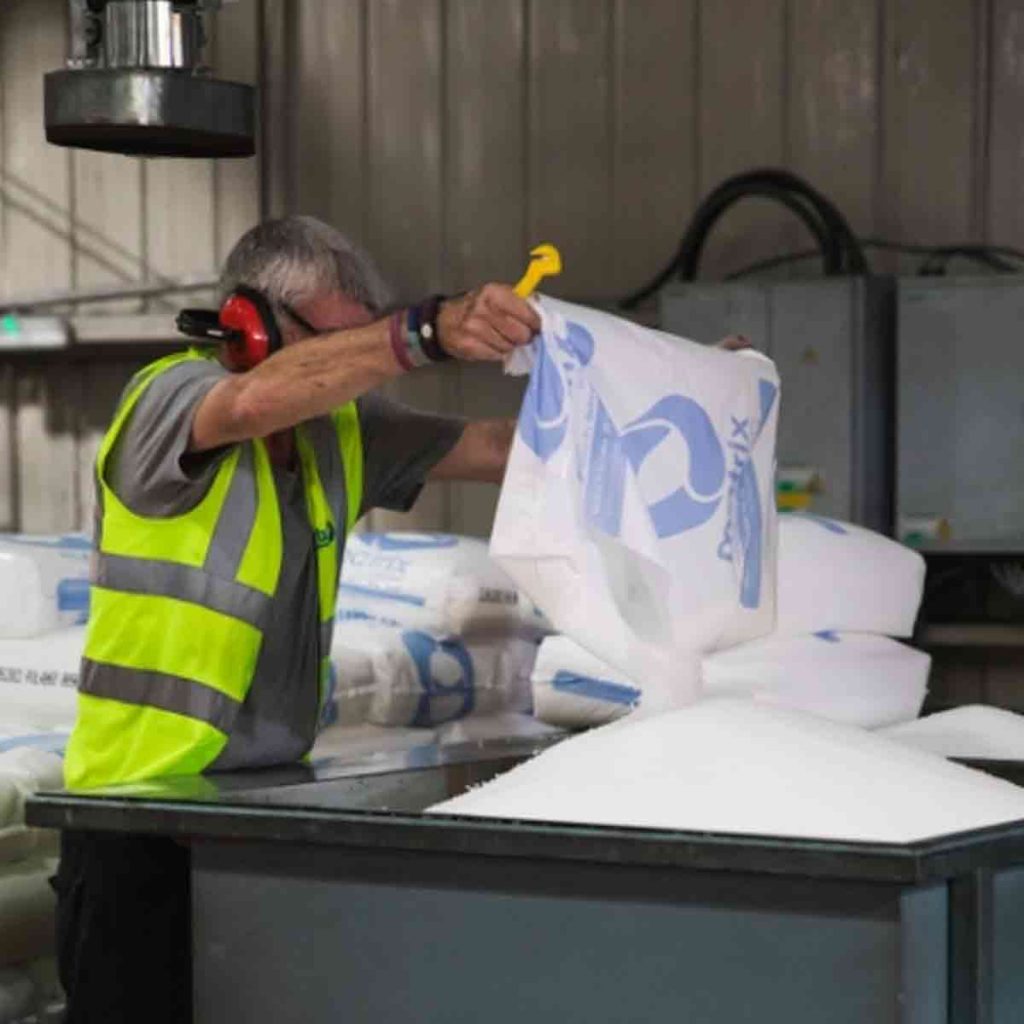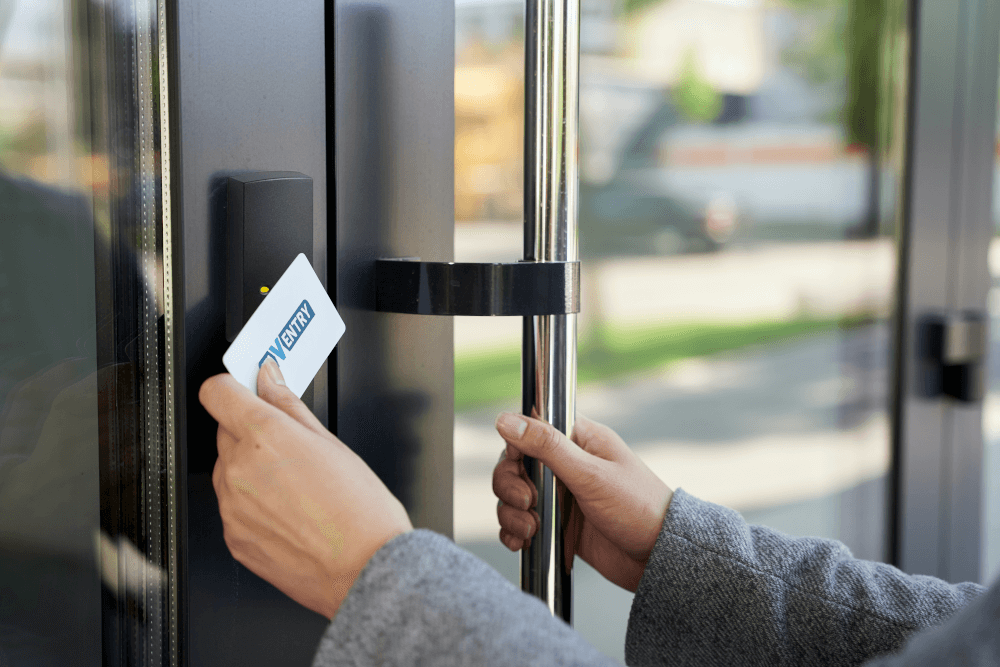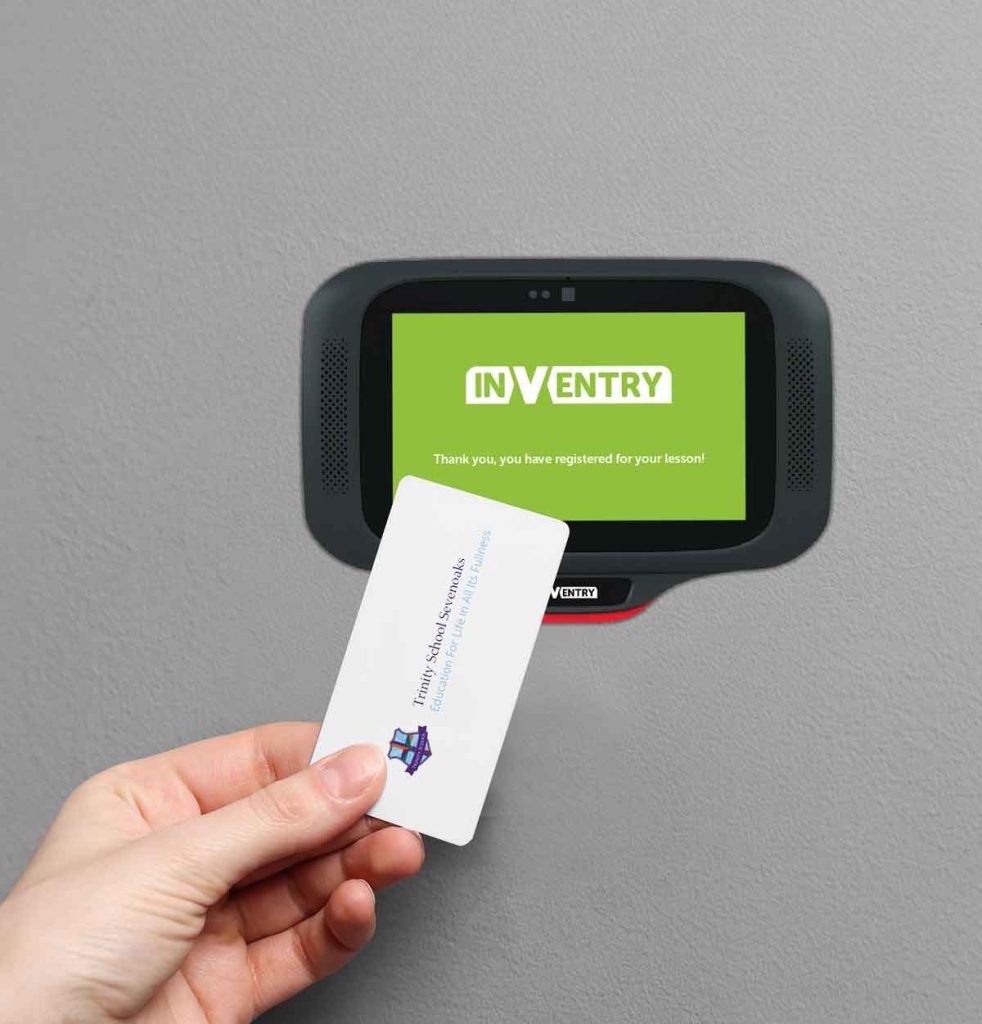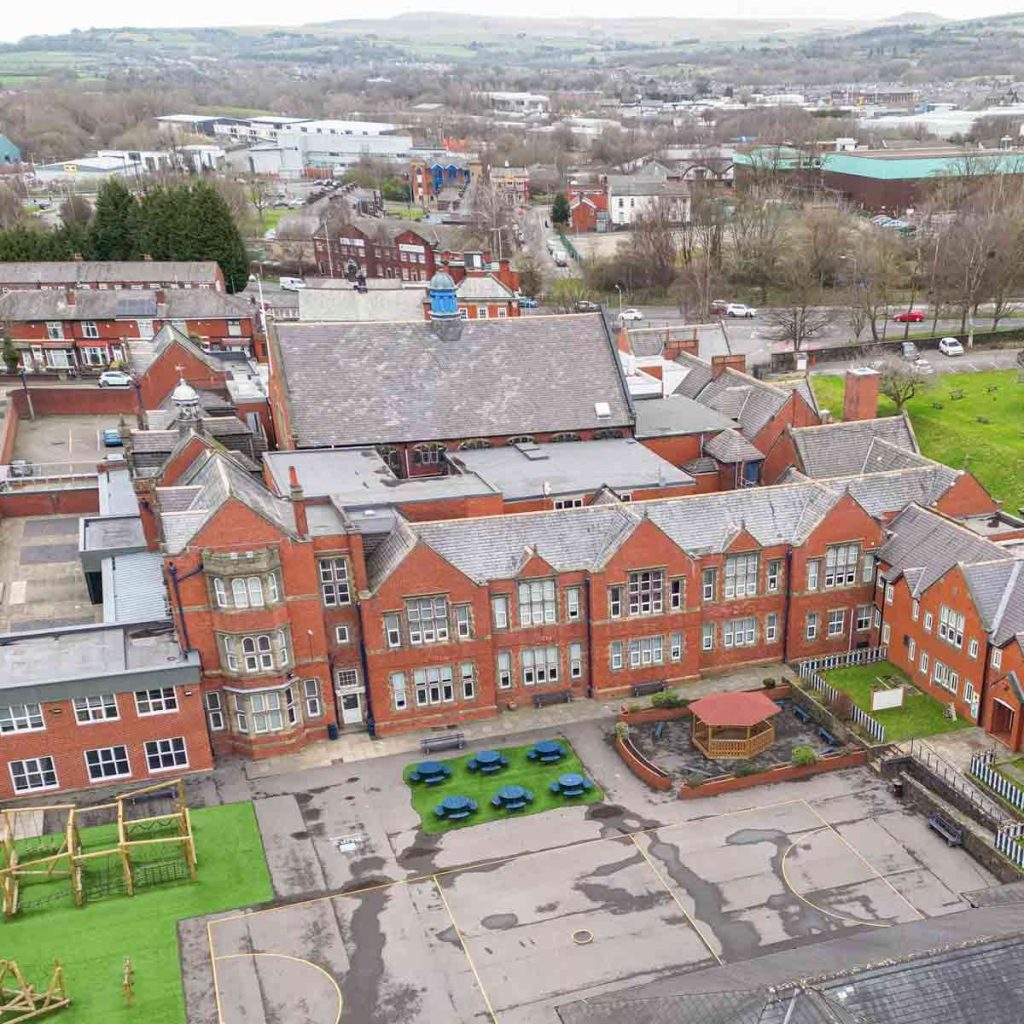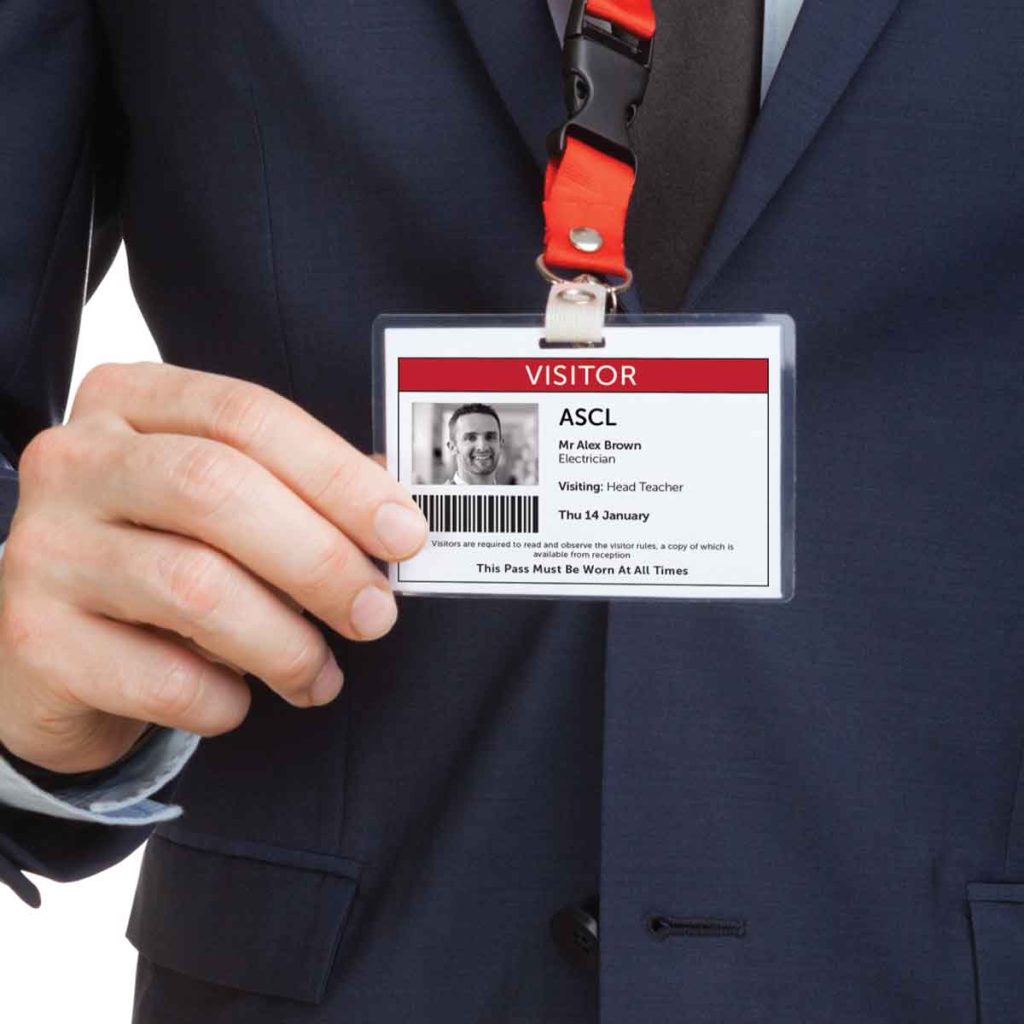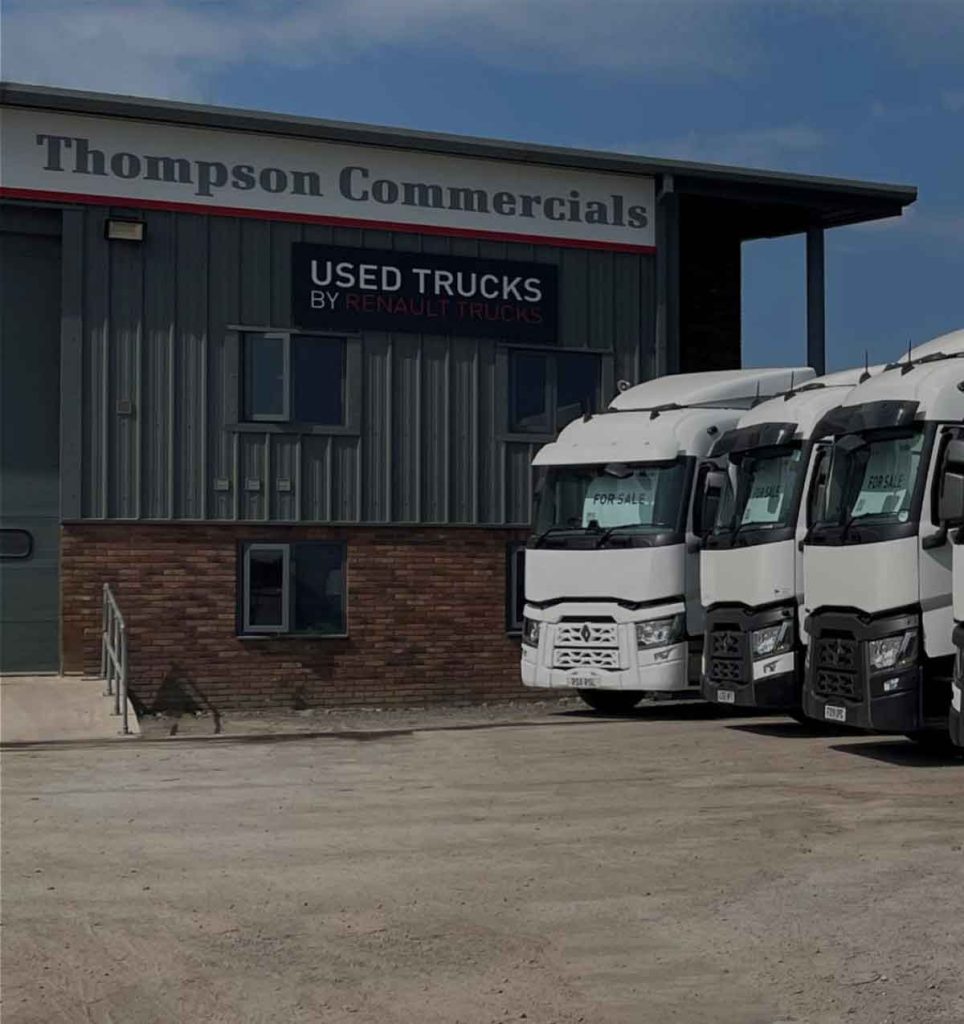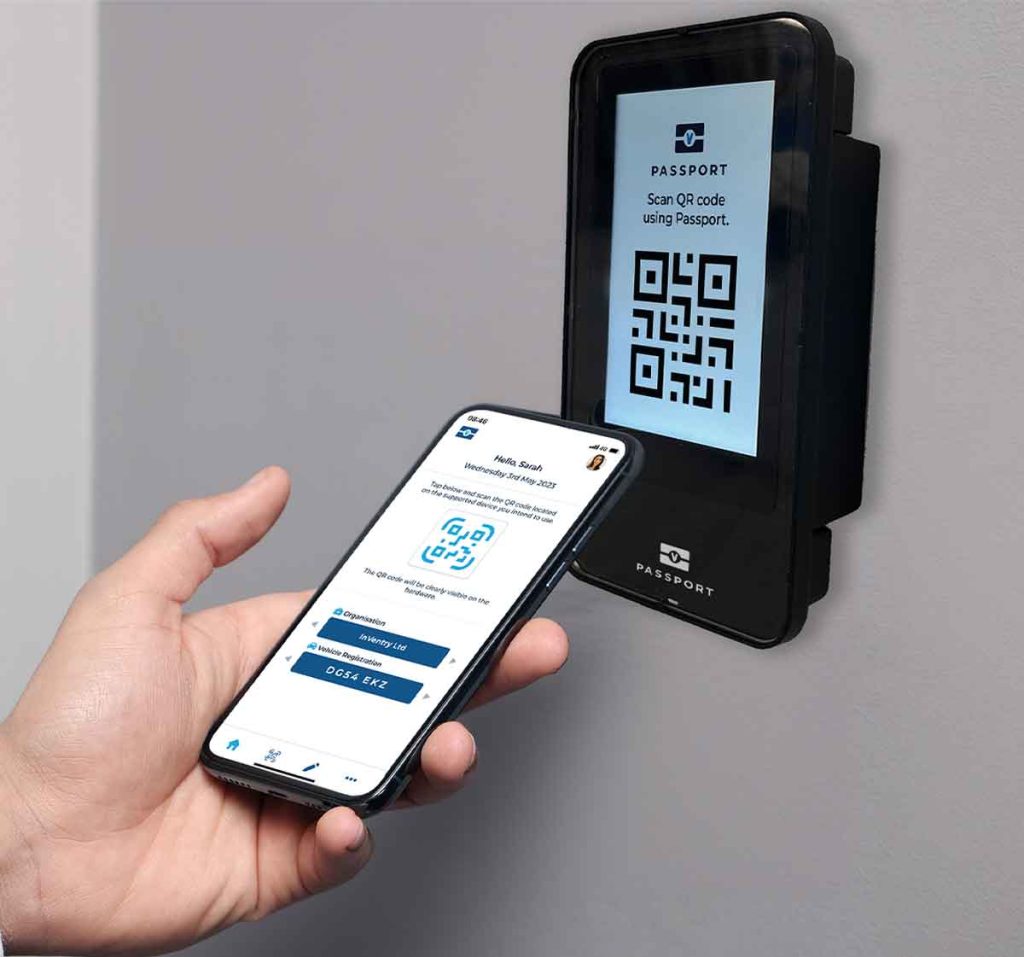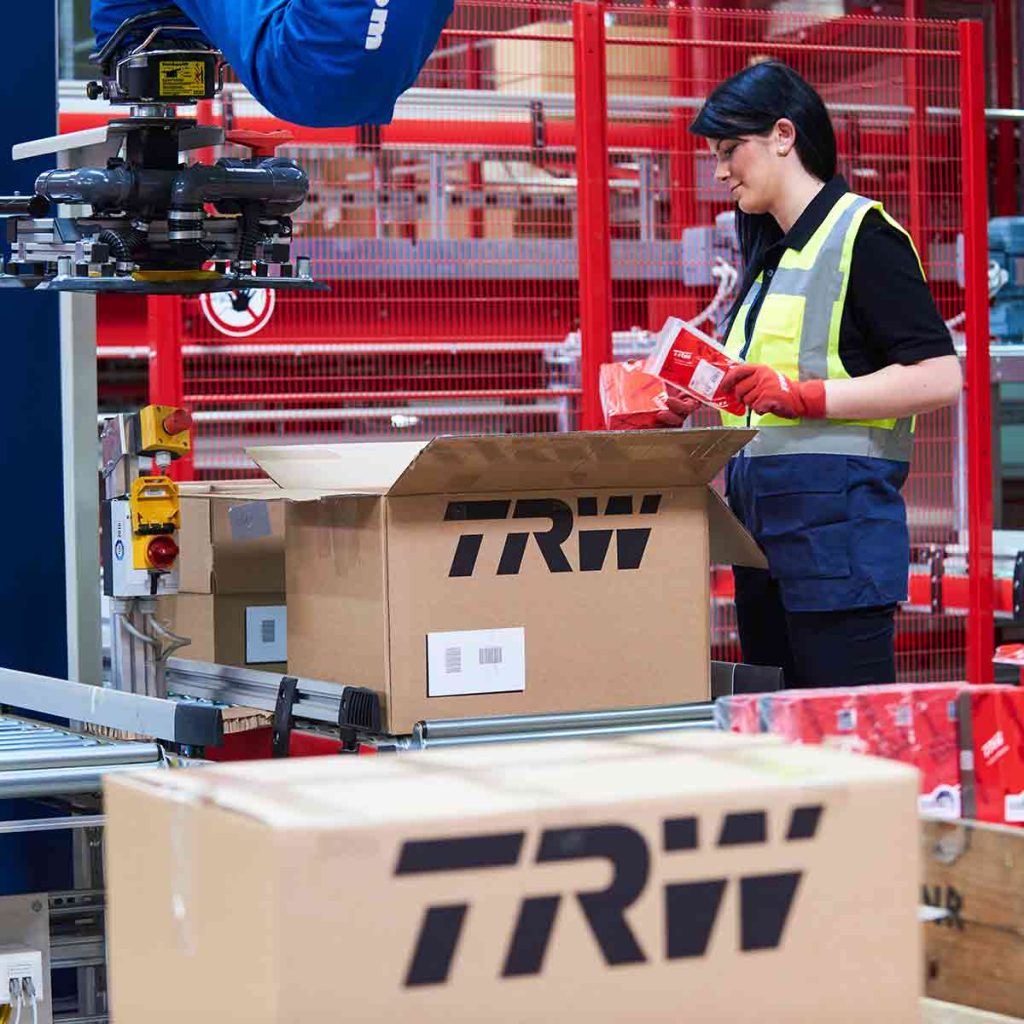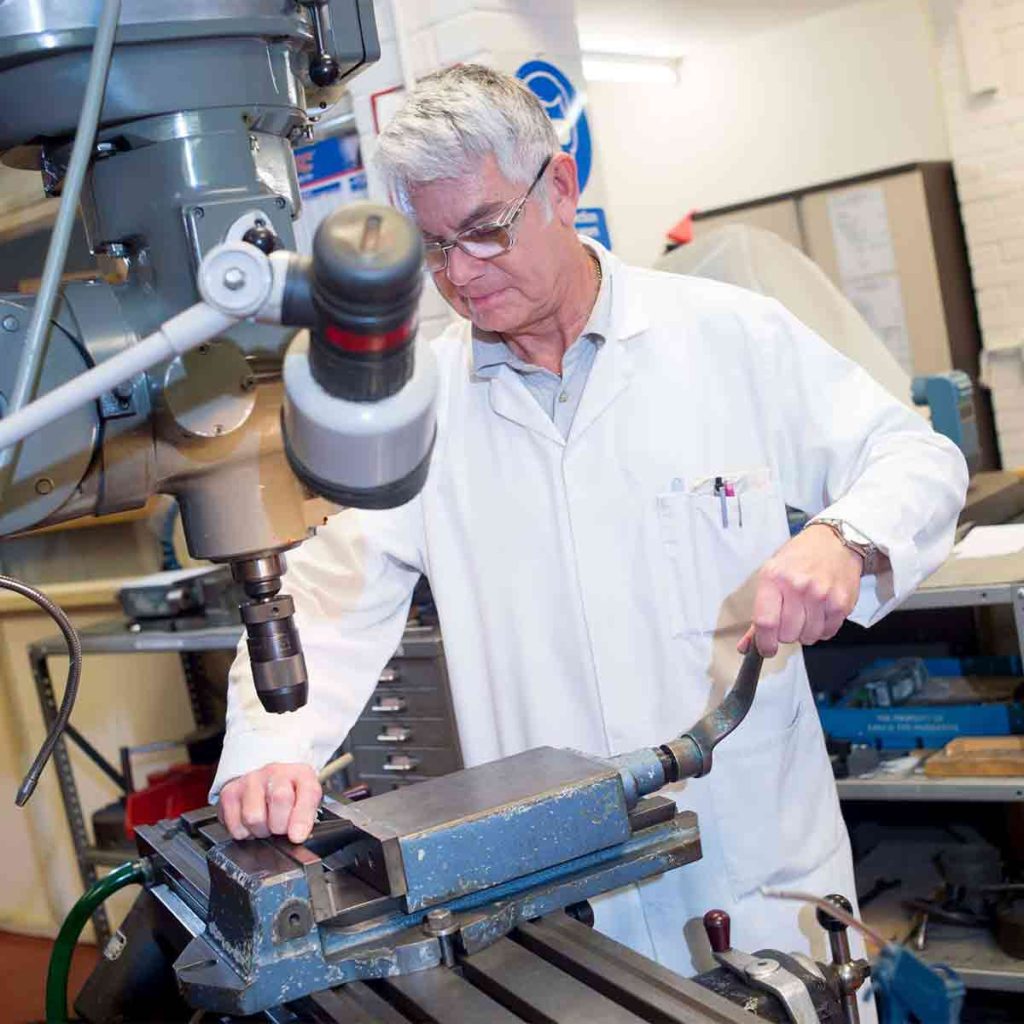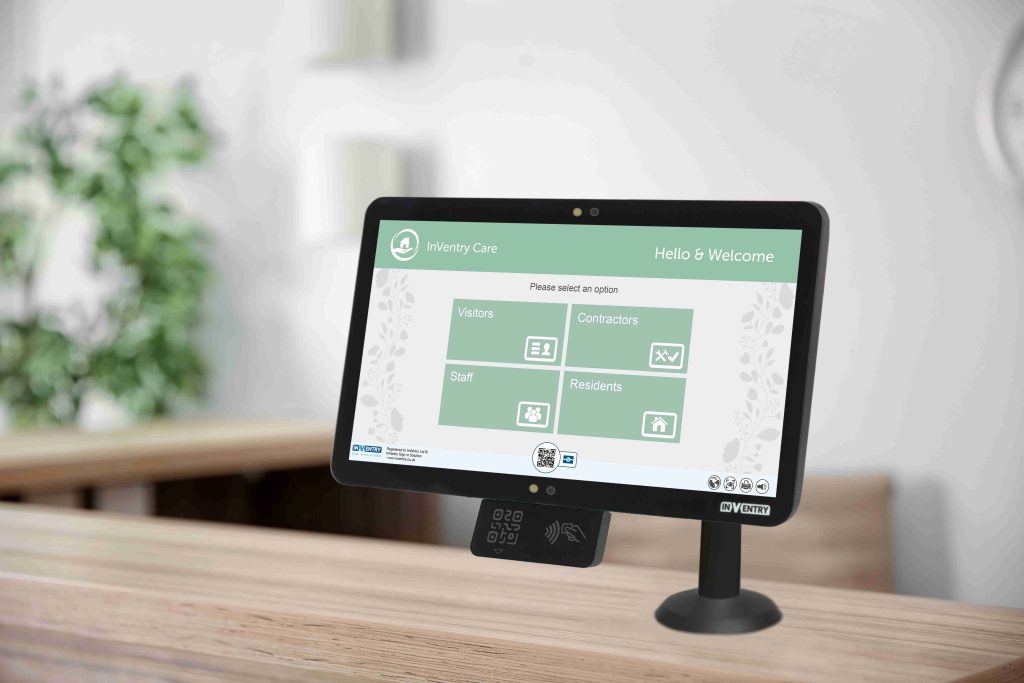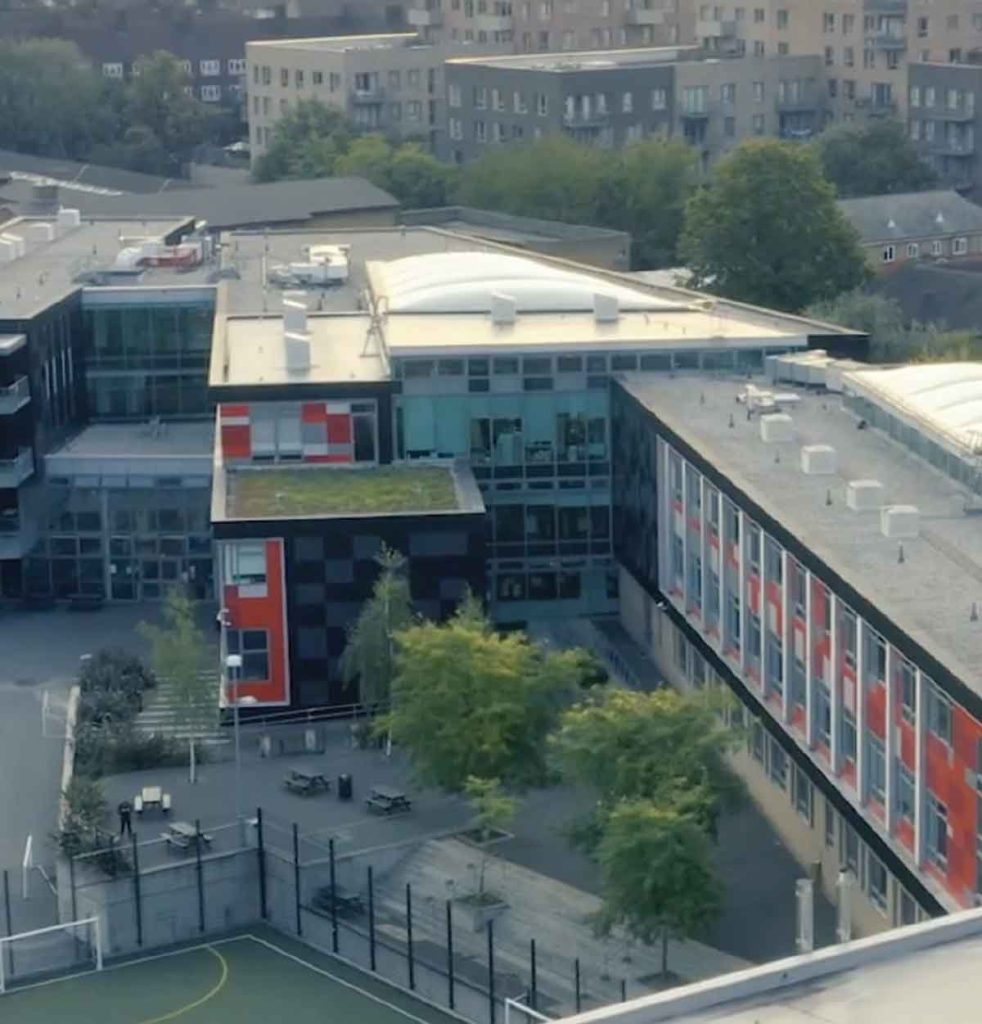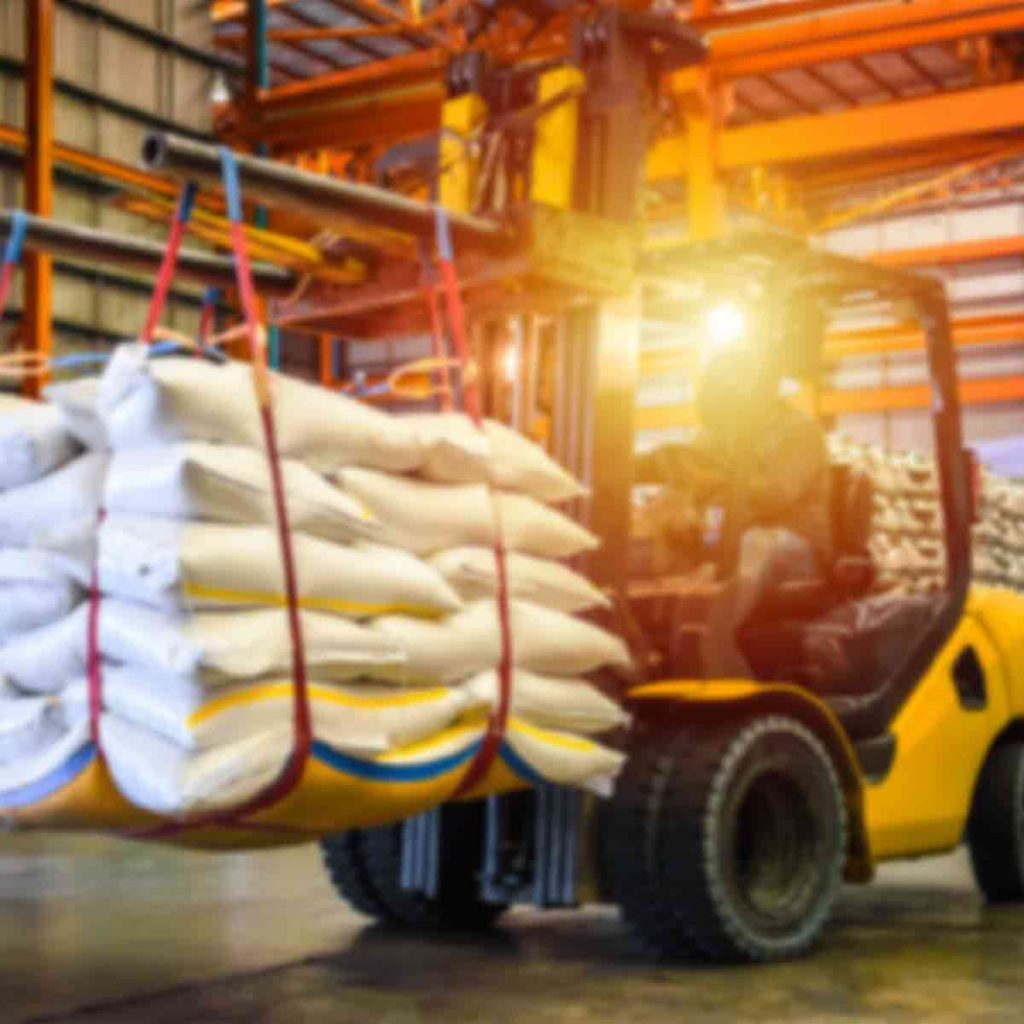Fire safety is a critical aspect of business safety protocols, necessitating robust fire evacuation procedures in the workplace to ensure the well-being of employees and visitors. Advances in technology have significantly improved how businesses prepare for and respond to fire emergencies.
From advanced detection systems to smart evacuation tools, integrating technology into fire evacuation procedures can greatly enhance safety and efficiency. Here we look at the various technologies that can assist with fire evacuations and fire drills in the workplace.
Smart Fire Detection Systems
Traditional smoke detectors have evolved into smart fire detection systems that offer a higher level of accuracy and early warning capabilities. These systems use a combination of smoke, heat, and gas sensors to detect fires at their earliest stages. They can distinguish between different types of fires and false alarms, reducing unnecessary evacuations.
Smart fire detectors are often connected to a centralised monitoring system, which can alert building occupants and emergency services instantly. This rapid notification is crucial for initiating a swift and organised evacuation.
Automated Emergency Notification Systems
Automated emergency notification systems (ENS) play a vital role in disseminating information quickly during a fire emergency. These systems can send alerts via multiple channels, including SMS, email, push notifications, and voice calls, ensuring that everyone in the building is informed promptly.
Advanced ENS platforms can integrate with fire detection systems to automatically trigger alerts when a fire is detected. These notifications can include detailed instructions on evacuation routes, assembly points, and safety precautions, helping to guide occupants safely out of the building.
Digital Wayfinding and Floor Plan Apps
Digital wayfinding and floor plan apps are invaluable tools during a fire evacuation. These apps provide real-time, interactive maps that guide individuals to the nearest exits and safe zones. In the event of a fire, these apps can adapt to changing conditions, such as blocked exits or hazardous areas, and provide updated evacuation routes.
Wayfinding apps can be particularly useful in large or complex buildings where navigation can be challenging. By offering clear and precise directions, these apps help reduce confusion and ensure a more orderly evacuation process.
Internet of Things (IoT) Safety Devices
The Internet of Things (IoT) has brought about a range of smart safety devices that enhance fire evacuation procedures. IoT-enabled smoke detectors, heat sensors, and air quality monitors can provide real-time data on the status of the fire and environmental conditions. These devices can communicate with each other and a centralised system to offer a comprehensive overview of the situation.
During an evacuation, IoT devices can guide occupants by activating lights along escape routes and unlocking smart doors. This level of automation ensures that all necessary safety measures are in place, facilitating a quicker and safer evacuation.
Two-Way Communication Systems
Effective communication is crucial during a fire evacuation. Two-way communication systems, such as radios, intercoms, and mobile apps, allow for real-time interaction between emergency coordinators and building occupants. These systems enable coordinators to provide instructions, answer questions, and receive updates on the evacuation progress.
Modern two-way communication systems can be integrated with other emergency management technologies, such as ENS and IoT devices, to provide a seamless and coordinated response. This integration ensures that all relevant information is shared promptly and accurately, aiding in a more effective evacuation.
Drones and Robotics
Drones and robotics are emerging technologies that can significantly enhance fire evacuation procedures. Drones can be deployed to assess the situation from above, providing real-time video footage and thermal imaging to emergency responders. This aerial perspective helps identify the location and spread of the fire, as well as any potential obstacles along evacuation routes.
Robots equipped with cameras and sensors can navigate through smoke-filled or debris-laden environments to locate trapped individuals and relay their positions to rescue teams. These technologies can assist in search and rescue operations, ensuring that no one is left behind during an evacuation.
Building Information Modelling (BIM)
Building Information Modelling (BIM) is a digital representation of a building’s physical and functional characteristics. BIM can be an invaluable tool in fire evacuation planning and response by providing detailed information about the building’s layout, systems, and safety features.
During a fire emergency, BIM can be used to quickly access critical information, such as the location of fire exits, fire suppression systems, and utility shut-offs. This information can help emergency responders make informed decisions and take appropriate actions to mitigate the situation and facilitate a safe evacuation.
Visitor Management Systems
Visitor management systems are an essential tool in managing emergencies, particularly during fire evacuations. A digital VMS provides real-time data on who is in the building, including employees, visitors, and contractors. This information is crucial for ensuring that everyone is accounted for during an evacuation. InVentry’s Anywhere App is a perfect example of how a visitor management solution can help in an evacuation with features such as alerting staff of an evacuation and quickly raising an alarm if assistance is required at the touch of a button.
Visitor management systems can be integrated with fire detection and emergency notification systems to automatically alert visitors and guide them to the nearest exits. This integration ensures that all individuals, including those unfamiliar with the building layout, receive clear and precise instructions during an emergency. Additionally, digital VMS platforms often include features such as emergency contact details and evacuation procedures, which can be accessed quickly to aid in the evacuation process.
Integrating technology into fire evacuation procedures can greatly enhance workplace safety and efficiency. From smart detection systems and automated notification platforms to advanced communication tools, these technologies provide the tools necessary for a swift and organised response to fire emergencies. By leveraging these innovations, businesses can ensure that they are better prepared for fire evacuation procedures in the workplace, to protect their employees and property, ultimately fostering a safer work environment.
How InVentry can help
InVentry’s sign-in solution can help your businesses automate their fire emergency and evacuation procedures using technology. Contact our team today to discuss how our workplace access system can help your emergency and evacuation procedures.
